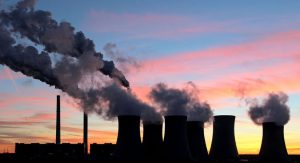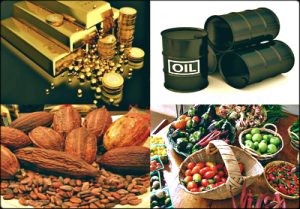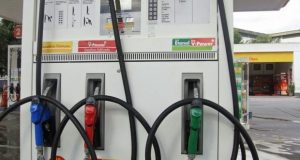The Chamber of Petroleum Consumers Ghana (COPEC) wants the government to apply the price stabilization levy to cushion consumers from a likely increase in the cost of fuel.
Already, industry players have predicted a hike in fuel prices at the pumps by about two percent this month.
This prediction is premised on among other things, volatilities in crude oil prices on the world market.
But in a statement signed by the Executive Secretary of COPEC, Duncan Amoah, the Chamber called on government through the National Petroleum Authority (NPA) to save Ghanaians further from hardships in the new year.
“The issue of high incidents of taxes on the fuel price build up once again comes to the fore, the continuous charging of some outdated taxes such as the price stabilization and recovery levy ( PSRL ) and the special petroleum tax ( SPT ) clearly need to be looked at once again following from the instability in Gulf and the likely effects it will have on global petroleum prices this first quarter of 2020.”
COPEC further argued that the impending increases of almost 30 pesewas per liter if left unattended to will simply bring further hardships and increases in the cost of living across the country, hence the intervention.
“An immediate intervention by the National Petroleum Authority by way of review in the price stabilization and recovery levy will most likely forestall this very harsh increases that Ghanaians are likely to be greeted within this new year.”
“We implore the government to be up and doing whiles calling on the various Oil Marketing Companies to hasten slowly with these increases as we dialogue to see if there will be some relief from the Central Government between now and early next week”, the statement concluded.
IES predicts two percent fuel price increase in New Year pricing window
Two days into 2020, the Institute of Energy Security (IES), predicted an increase in fuel prices at the pumps when oil marketing companies review their prices in the first pricing window in January.
The energy policy Think Tank explained that the drivers of the potential increase include a four percent increment in prices of crude oil as well 4.59% and 5.05% increment in the prices of gas oil and gasoline on the international market respectively.
On the basis of the price movement, the Institute said it foresees prices of fuel on the local market potentially increasing marginally despite the cedi recording some marginal gains against the dollar within the period.
“However, the increases could be averted or its impacts minimized if the National Petroleum Authority (NPA) applies the Price Stabilization and Recovery Levy (PSRL),” the IES advised.
Fuel prices within the second Pricing-window of December 2019 saw the majority of the Oil Marketing Companies (OMCs) maintaining the prices of Gasoline and Gasoil unchanged.
Source: Citinewsroom.com







